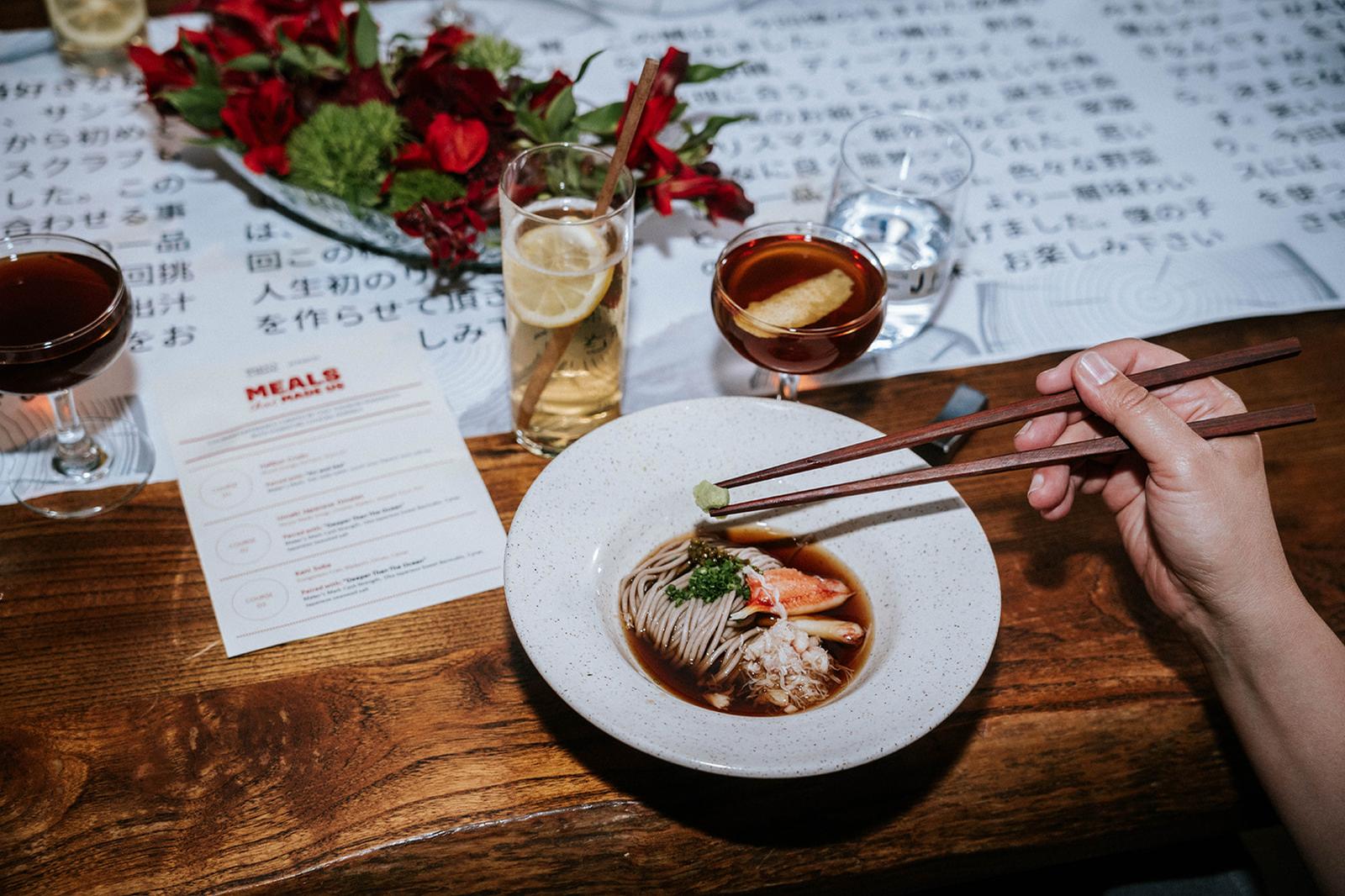If your organization has ever hosted a silent auction before, you know how engaging and lucrative these fundraising events can be. However, you likely also know that the auction planning process is highly involved, which may seem daunting despite the potential for a massive payoff for your mission.
Fortunately, you can make it much easier to organize a successful silent auction by breaking the process down into smaller steps. In this guide, we’ll review five of the most critical actions you need to take in the months leading up to your organization’s auction— let’s dive right in!
1. Solidify Your Event’s Logistics
By choosing to host a silent auction rather than a live auction, you’ve already made one key logistical decision about your nonprofit’s event. Some other considerations you’ll need to take into account up front include:
- The event’s date and time.
- Whether you’ll host the auction in person, virtually, or in a hybrid format.
- What event venue you’ll use if your auction is in-person or hybrid.
- Which types of fundraising software you’ll need, such as registration tools, mobile bidding solutions, and live-streaming platforms for hybrid or virtual events.
- Event personnel needs, including staff and volunteer roles.
- Whether your auction will be a standalone fundraiser, include other revenue-enhancing activities like raffles or text-to-give, or be paired with another fundraising event such as a gala or golf tournament.
- Your organization’s budget for upfront event costs.
- Your auction’s fundraising and supporter engagement goals.
As you finalize all of these logistical details, make sure your entire event team is on the same page about the plan and their responsibilities within it. Additionally, consult other stakeholders, such as your nonprofit’s board (who will need to sign off on your event plans and budget) and leadership (who may have strategic input on your auction’s goals and timing).
2. Procure Auction Items
Besides logistical planning, item procurement is the most involved aspect of planning a silent auction. It’s critical to balance securing creative, high-value items that appeal to your target audience with keeping upfront costs as low as possible so you can spread out your event budget to cover your other needs.
To help you start brainstorming your prize list, Winspire outlines the top 10 types of charity auction items as follows:
- Vacation packages that include a variety of activities, accommodations, and transportation arrangements.
- Gift baskets built around different themes and packaged in an aesthetically pleasing way.
- Event tickets for professional sports, concerts, musicals, or other performances.
- Celebrity memorabilia signed by famous athletes, musicians, or actors.
- Artwork and antiques, especially items made by local artists.
- Certificates for services ranging from spa experiences to dry cleaning.
- Family-friendly activities such as amusement park passes or children’s museum memberships.
- Fine food and beverages, which may include physical goods (like a coffee sampler) or experiences (like a cooking class).
- Popular technology such as new smartphones, fitness trackers, or video game systems.
- High-end goods like designer purses or small, high-quality kitchen appliances (blenders, air fryers, etc.).
Of these auction item ideas, vacation packages are often the most challenging to procure, but there are consignment auction item providers your nonprofit can work with to find bucket-list trips that align with your budget. To secure the rest of your prizes, look for nonprofit discounts and solicit in-kind contributions from individuals and businesses.
3. Secure Corporate Sponsorships
Corporate sponsorships can help offset your organization’s event costs in many areas, from item procurement to venue fees. These partnerships are more common than you might think—businesses of all sizes are often willing to support local nonprofits’ fundraising efforts to give back to their communities. In return, your nonprofit will usually provide sponsors with free publicity to help them attract new customers and boost their reputations as socially responsible companies.
When approaching local businesses about sponsorship opportunities, flexibility is essential. Create a system of fiscal sponsorship levels so your partners can choose how much to give and understand what co-marketing benefits they’ll receive based on their contribution. Additionally, offer multiple options for in-kind sponsorships—while some business owners will likely be happy to donate auction items, others might prefer to provide a free event space or contribute other services (for instance, a restaurant could offer to cater your event at no cost).
4. Market Your Auction
As with many of your nonprofit’s initiatives, a multi-channel marketing approach will expand your reach and maximize participation in your silent auction. Promote your event using the following communication methods:
- Your organization’s website. Add your auction to your online calendar and create an event landing page to serve as the central information hub for participants.
- Email marketing. In addition to sending dedicated email blasts about your auction, include blurbs about it in your monthly newsletter (if your nonprofit has one).
- Social media. Align your auction-related posts with each social media platform’s format—for example, you could use the Events feature on Facebook, design branded graphics for Instagram, and make a short vertical video announcement for TikTok.
- Print communications. Supplement your digital marketing efforts by posting flyers around your community and mailing personalized event invitations to potential VIP guests, such as major donors and board members.
In all of your marketing materials, include a link or QR code to your online registration form for convenience. Also, include photos of your most valuable auction items to get supporters excited about bidding on them.
5. Prepare for Event Follow-Up
When your silent auction closes, you’ll need to take several actions promptly, so start thinking about how you’ll execute those actions before you begin. First, establish clear checkout procedures to ensure all prizes are paid for and go home with the correct winners.
Then, set up systems to collect data on your event. NPOInfo recommends tracking campaign metrics like:
-
Event attendance, as well as pre-registration numbers vs. day-of ticket purchases.
-
Revenue raised in total, from different types of auction items, and through different aspects of your event.
-
Donor acquisition rate—i.e., how many brand-new supporters your organization gained through your auction.
-
Donor retention rate—i.e., how many past fundraising event attendees returned for this auction.
-
Supporter satisfaction, which you can assess by sending out a post-event survey.
Additionally, plan how you’ll show your appreciation for everyone who made your auction possible: participants, volunteers, sponsors, and event staff. Promptly thanking these individuals makes them feel valued—and, therefore, more likely to stay engaged with your organization. Create follow-up message templates before your auction so it’ll be easy to send them within 24 hours of the event’s end.
By putting in time and effort beforehand, you’ll ensure your organization's silent auction runs smoothly and set yourself up to achieve your goals. Remember to collaborate with your staff, sponsors, and supporters throughout the planning process to create a memorable experience for everyone involved, and when it's time to find a venue, browse EventUp for a variety of unique spaces. Happy fundraising!
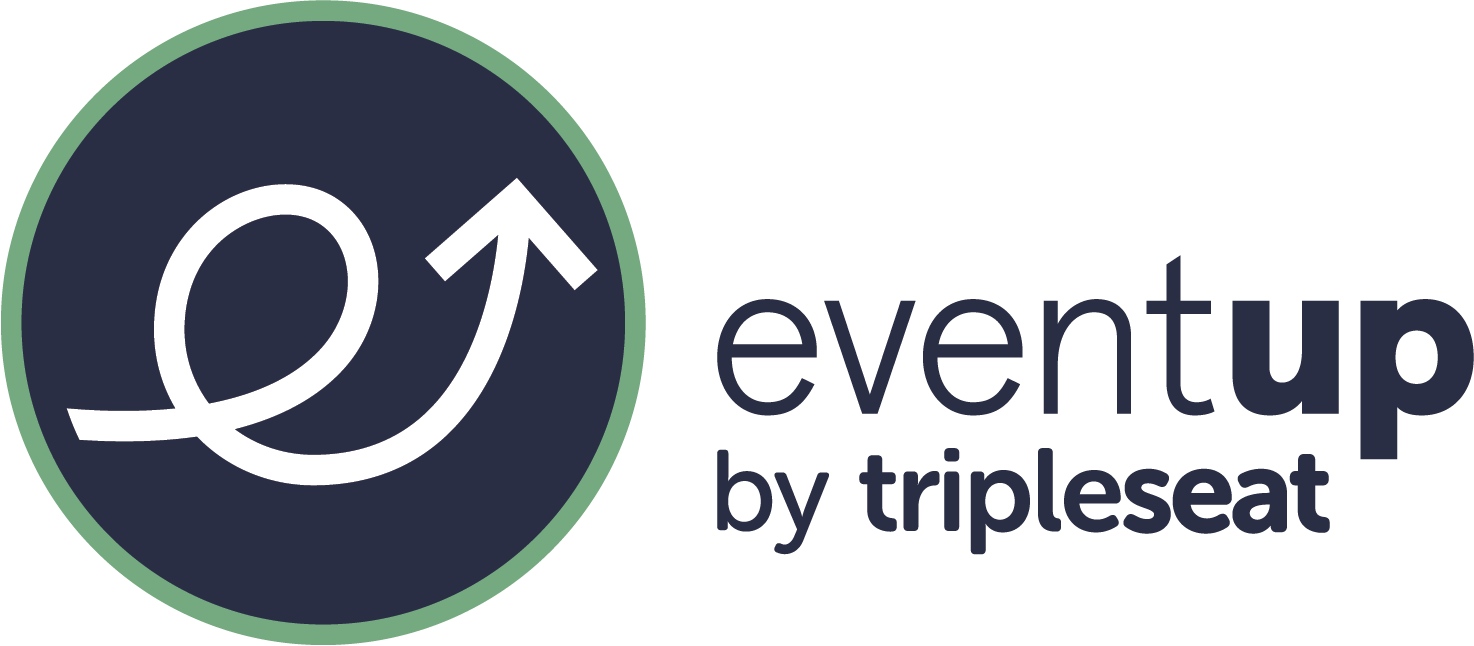



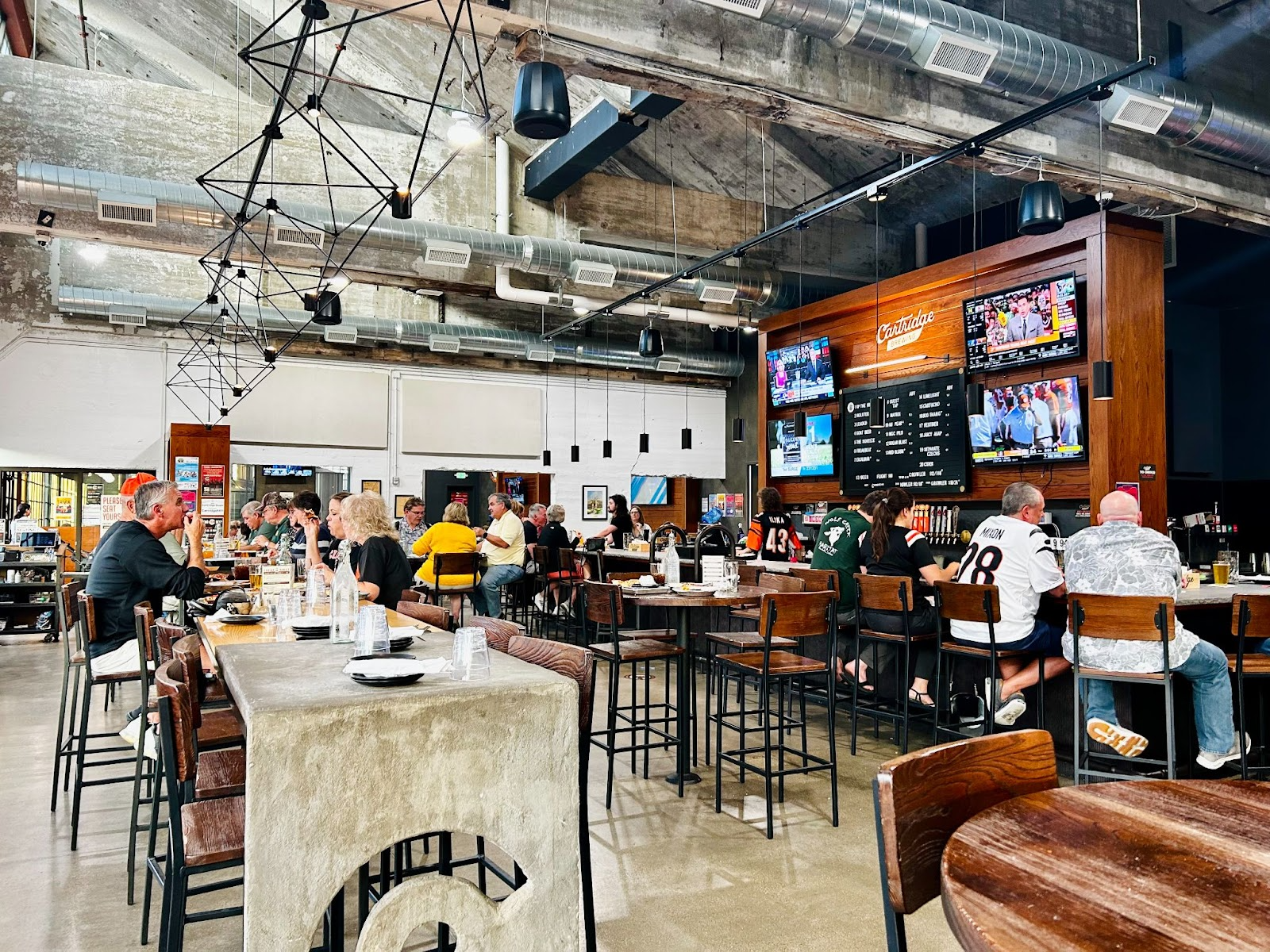
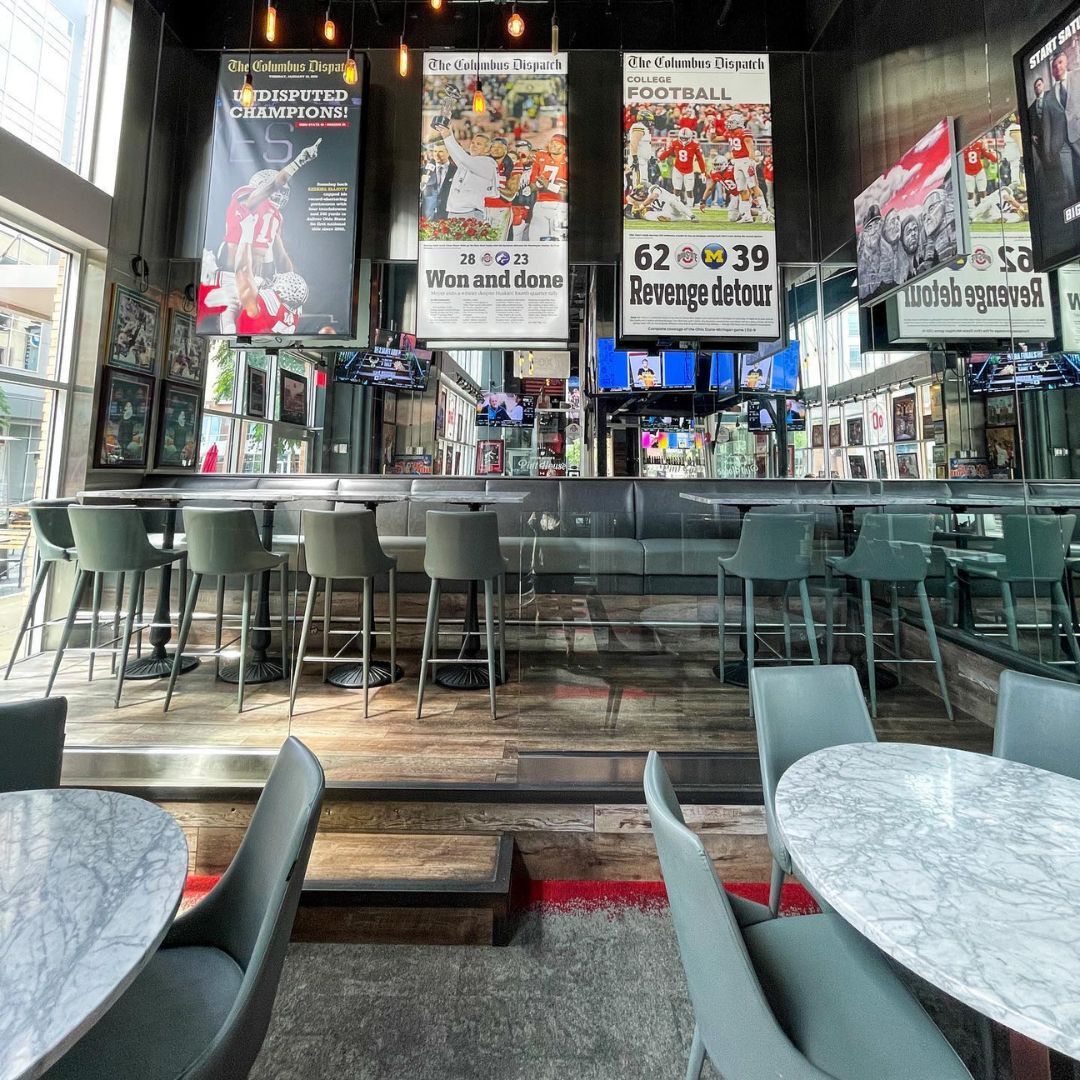







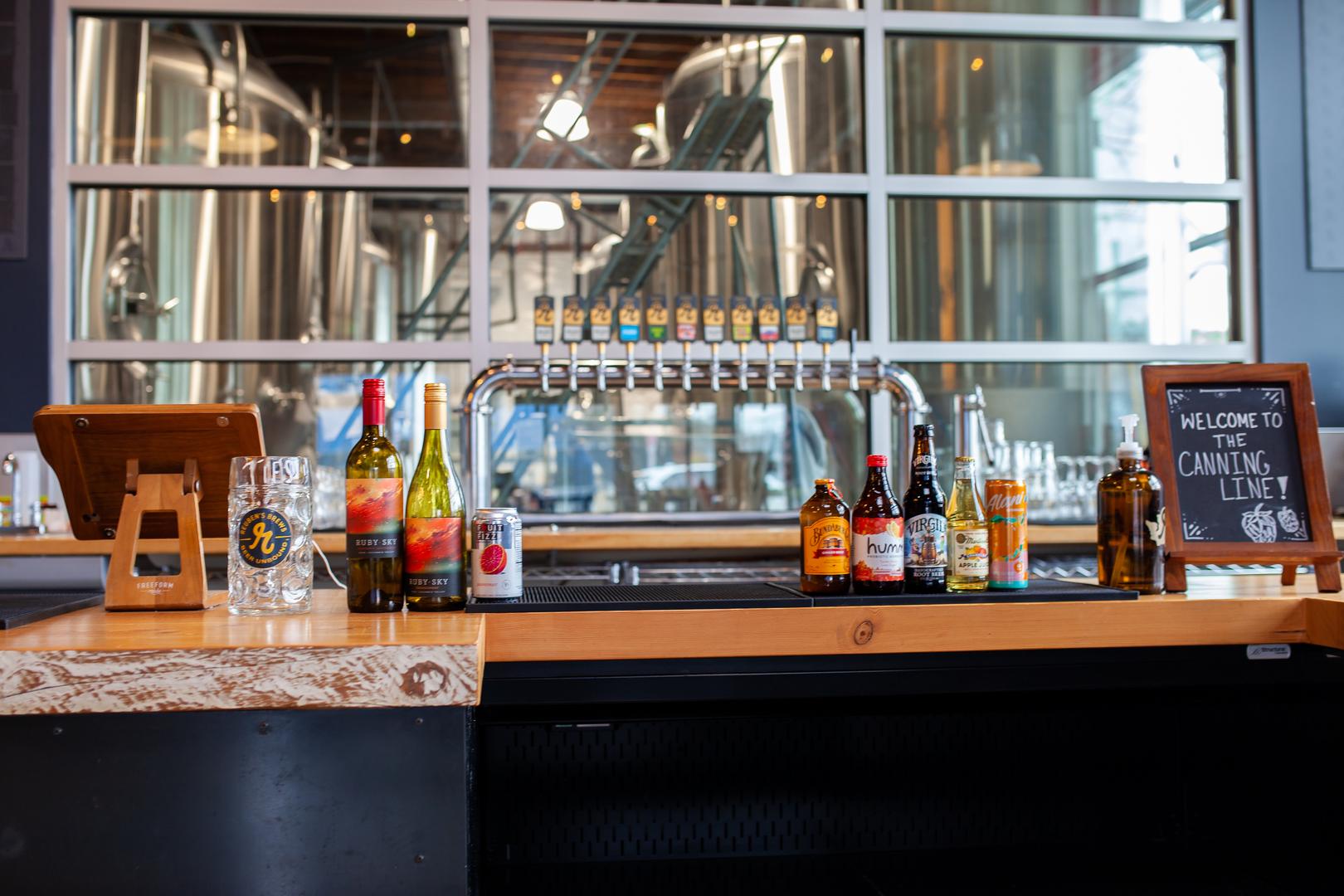

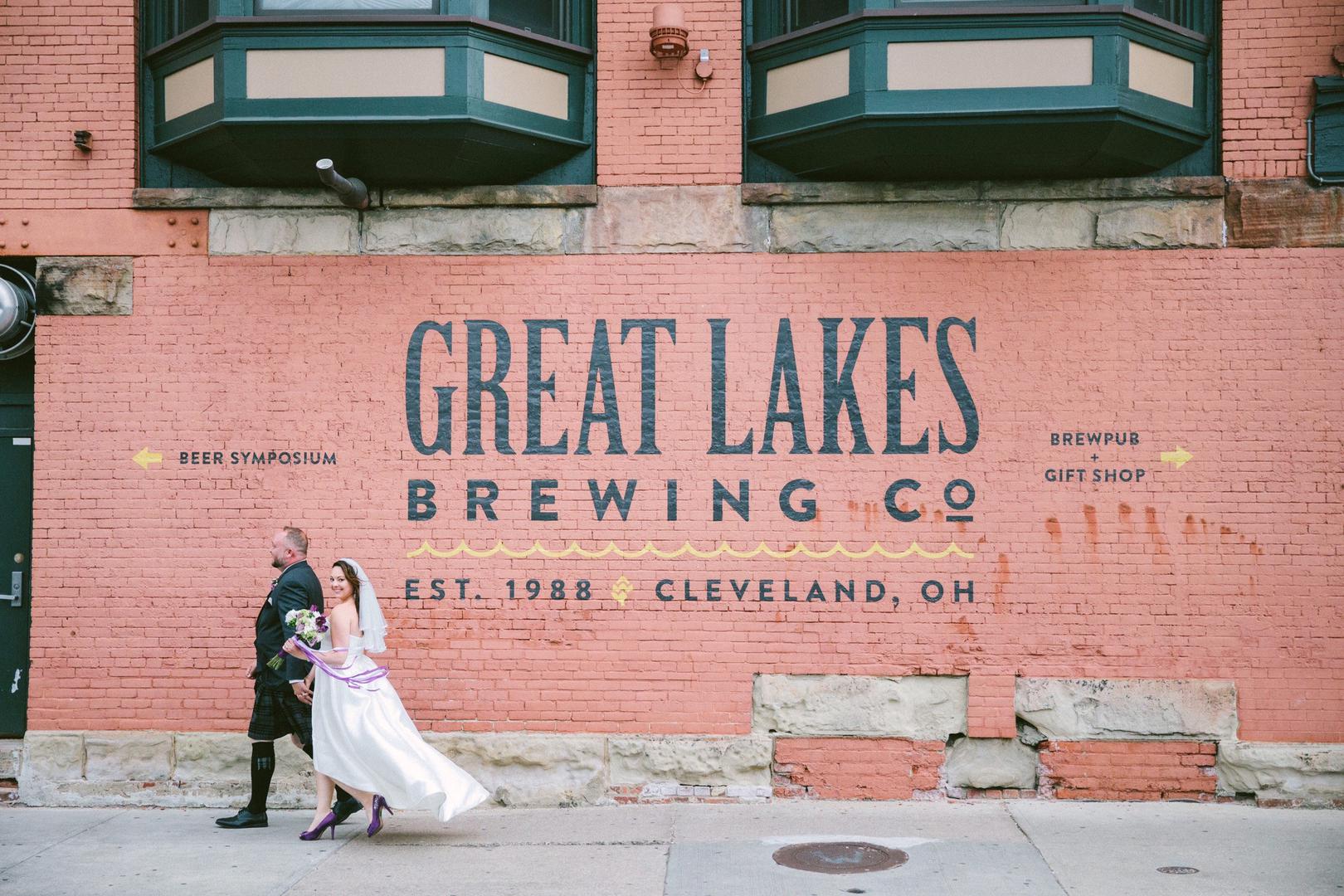
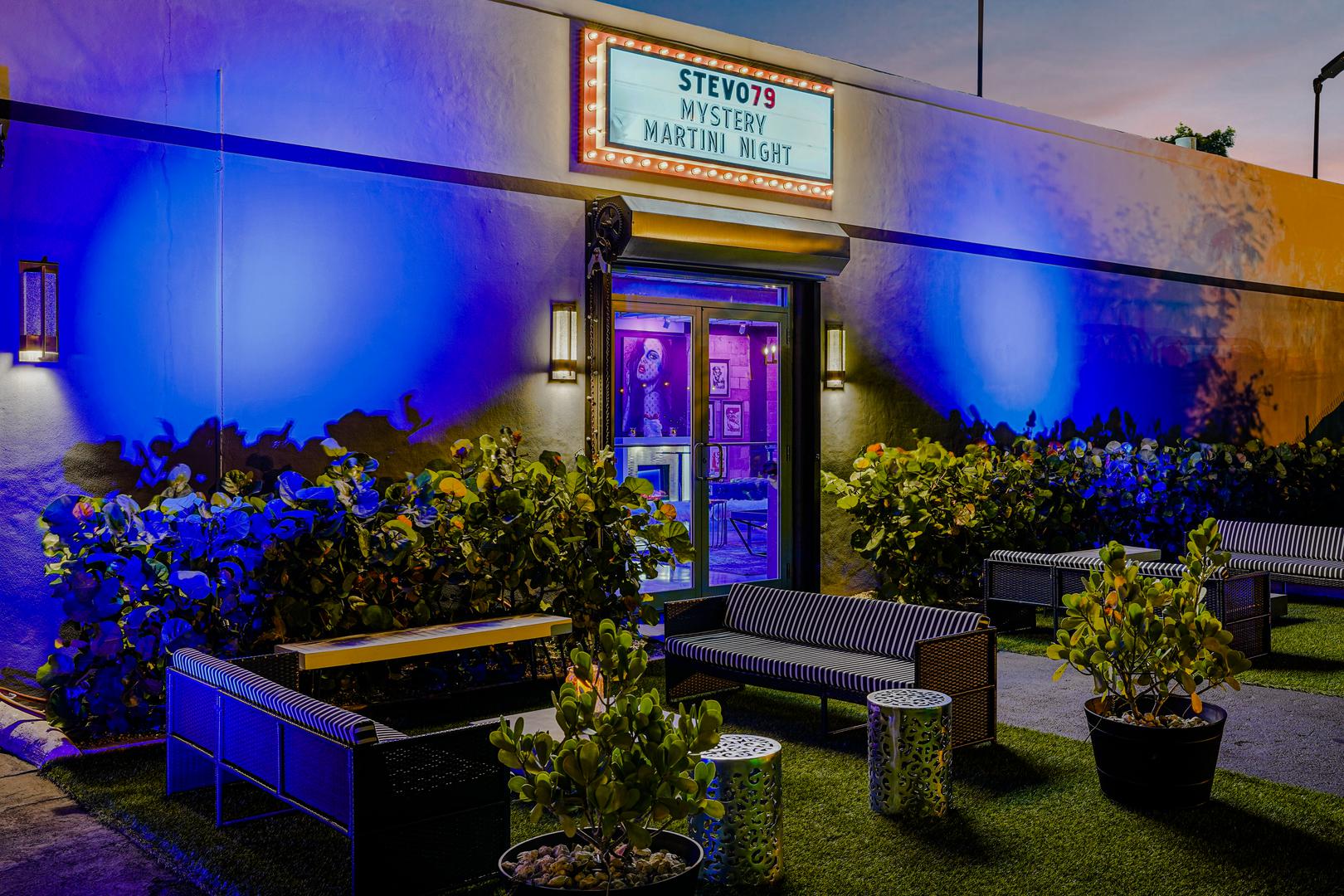
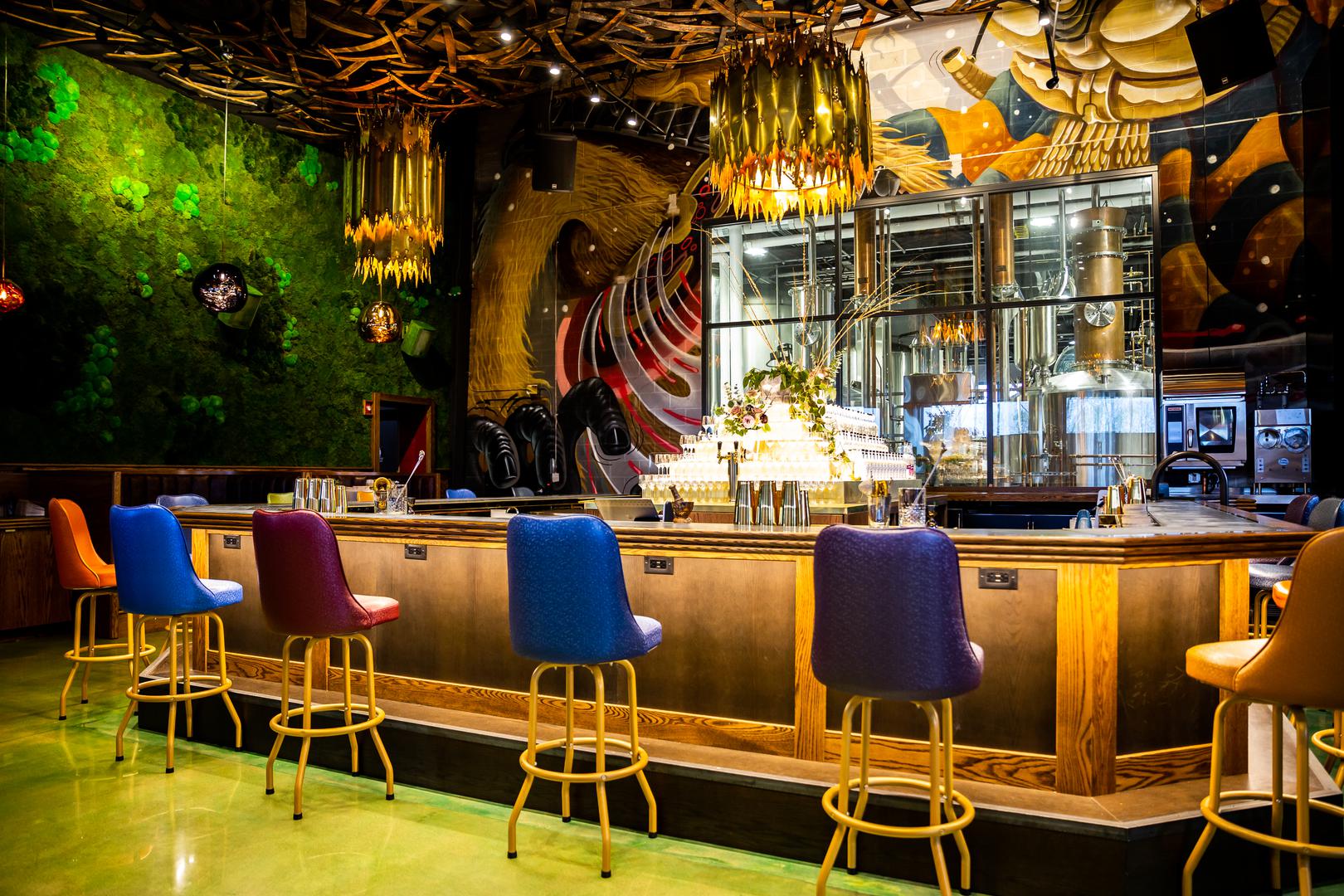
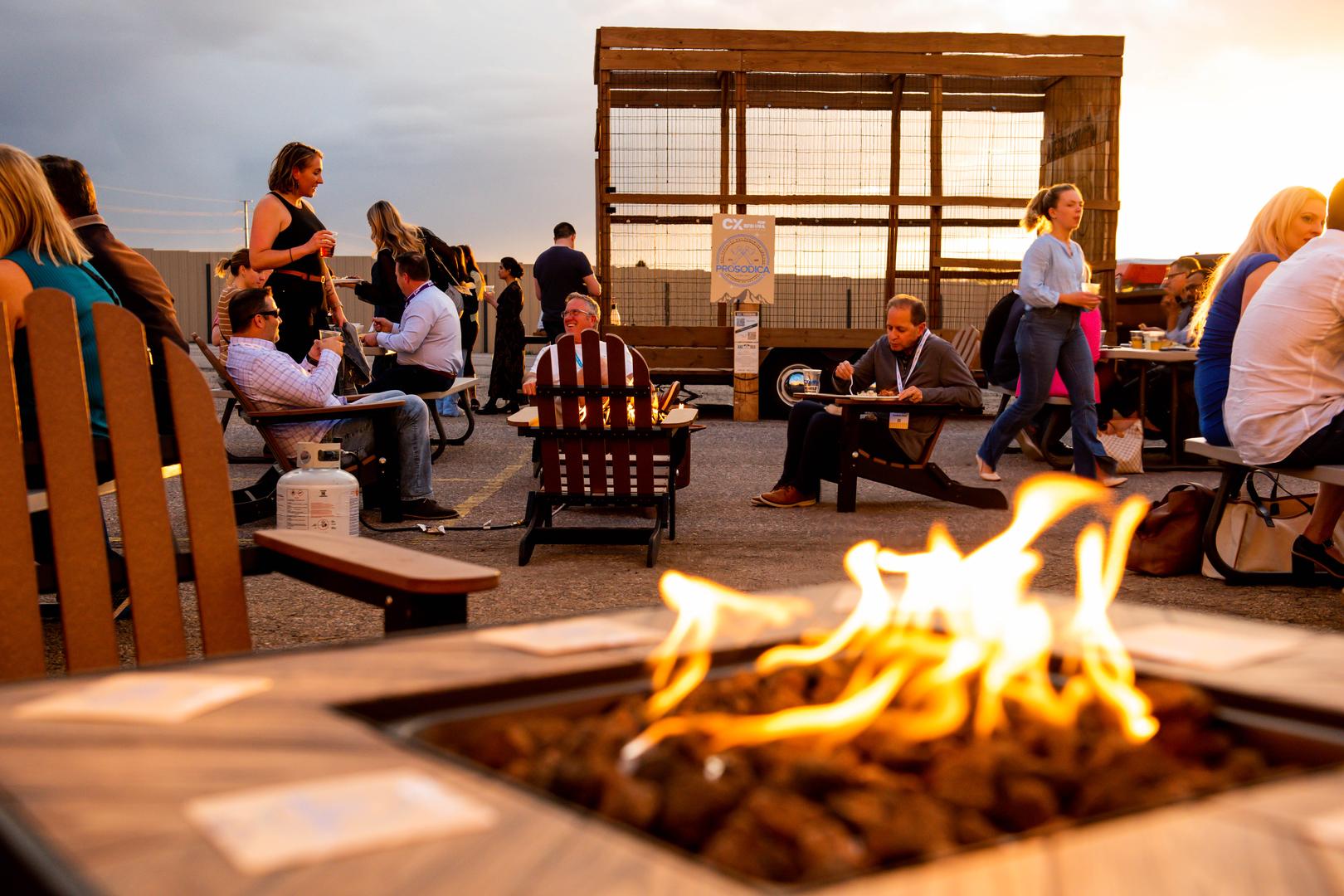

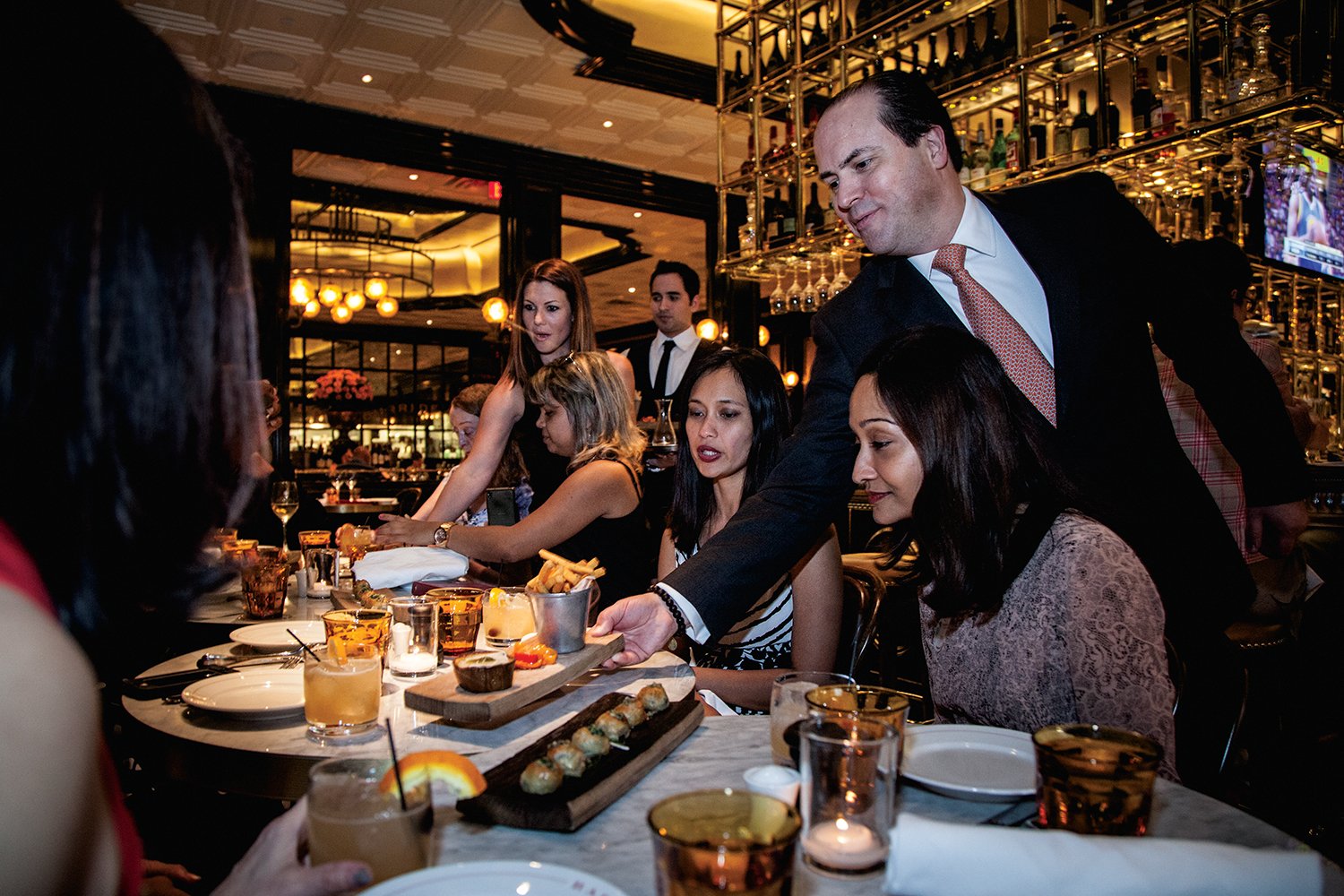
%20Where%20to%20Eat%20Near%20Willis%20Tower%20in%20Chicago.png)
